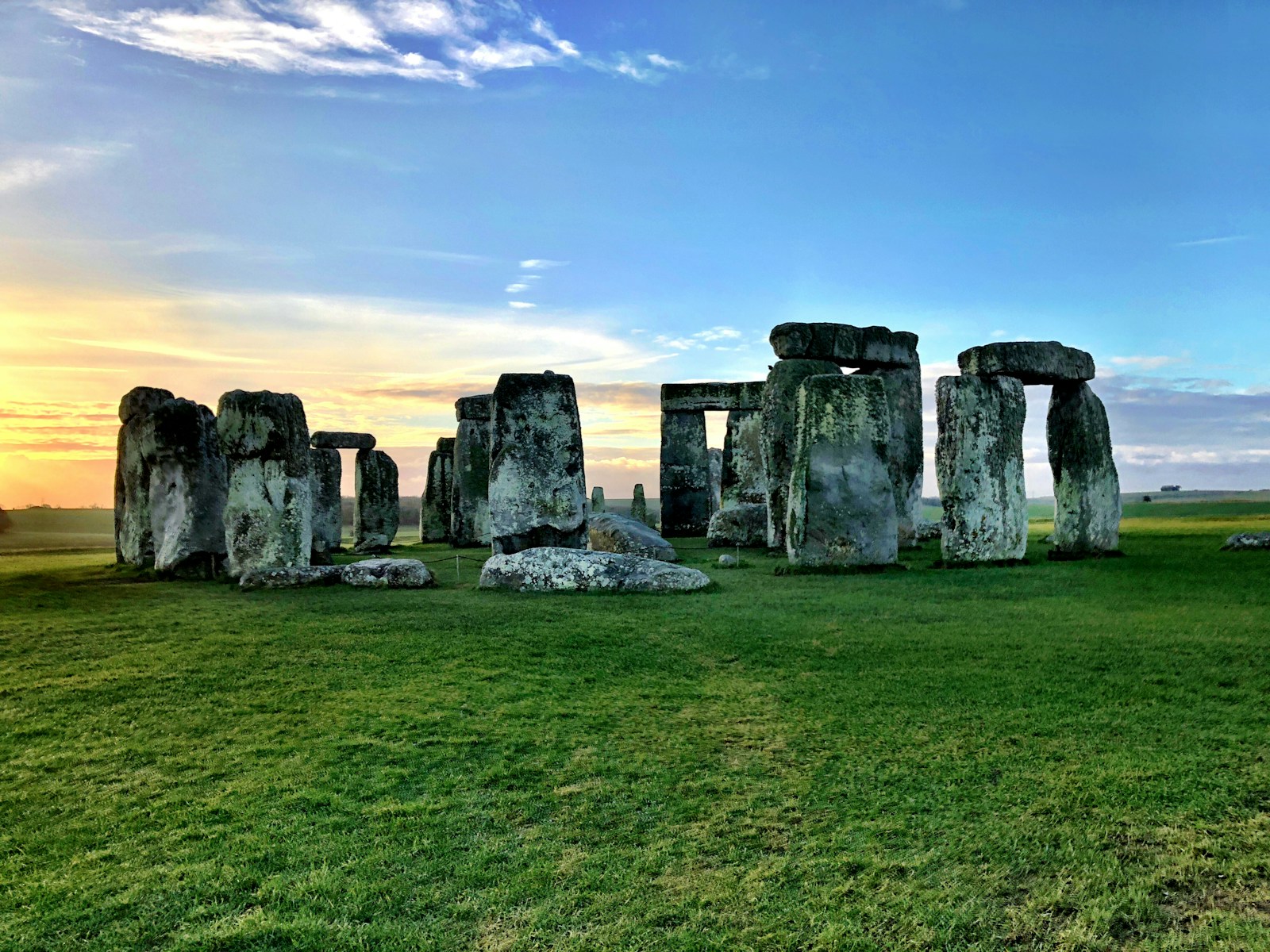Recent research suggests that Stonehenge was constructed to unify diverse Neolithic communities across Britain, symbolizing collective identity and collaboration.
Key Points at a Glance:
- Unified Construction: Stonehenge’s stones, sourced from distant regions, indicate a collaborative effort among ancient British communities.
- Altar Stone’s Origin: The six-tonne Altar Stone likely originated from northeastern Scotland, transported over 450 miles to the site.
- Cultural Significance: The monument’s construction may have served both political and religious purposes, fostering unity among Neolithic peoples.
- Winter Solstice Gatherings: Stonehenge continues to attract thousands for winter solstice celebrations, reflecting its enduring cultural importance.
Stonehenge, the prehistoric monument located in southern England, has long intrigued researchers and visitors alike. Recent studies propose that its construction was a deliberate effort to unify the diverse Neolithic populations of ancient Britain. This theory is supported by the origins of the stones used in the monument, which were sourced from various distant regions, indicating a collective endeavor.
Notably, the six-tonne Altar Stone at the center of Stonehenge is believed to have been transported from northeastern Scotland, covering a distance of over 450 miles. This remarkable feat suggests significant collaboration and shared purpose among different communities. Additionally, the 43 bluestones used in the monument were transported from the Preseli Hills in Wales, approximately 140 miles away, further emphasizing the extensive cooperative efforts involved.
The architectural similarities between Stonehenge and other stone circles across Britain, along with evidence of large gatherings and feasts at nearby sites like Durrington Walls, support the idea that Stonehenge served as a focal point for unifying disparate groups. These communal activities likely played a role in fostering a collective identity and strengthening social bonds among Neolithic peoples.
The monument’s alignment with celestial events, such as the winter solstice, adds to its cultural and religious significance. Thousands continue to gather at Stonehenge during the winter solstice to witness the sunrise and participate in traditional celebrations, reflecting the site’s enduring importance as a symbol of unity and cultural heritage.
These insights into Stonehenge’s purpose highlight the sophisticated social structures and collaborative spirit of ancient Britons. The monument stands as a testament to their ingenuity and the lengths they went to in order to create a lasting symbol of unity.
